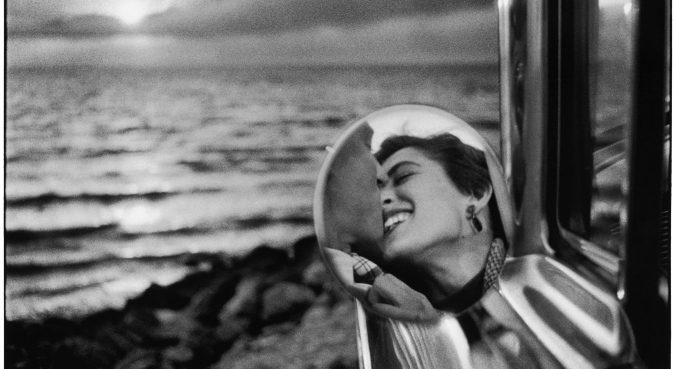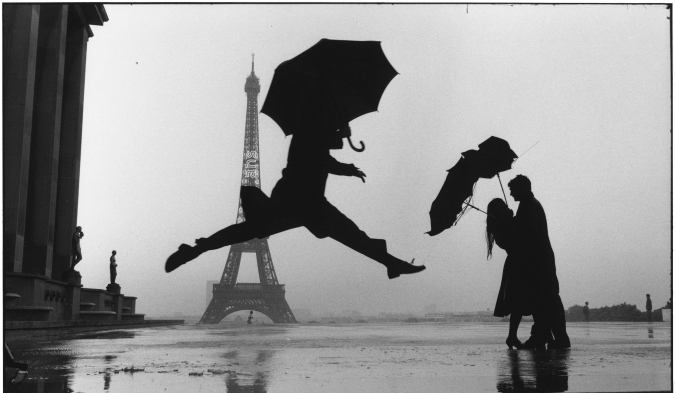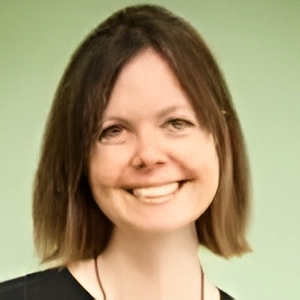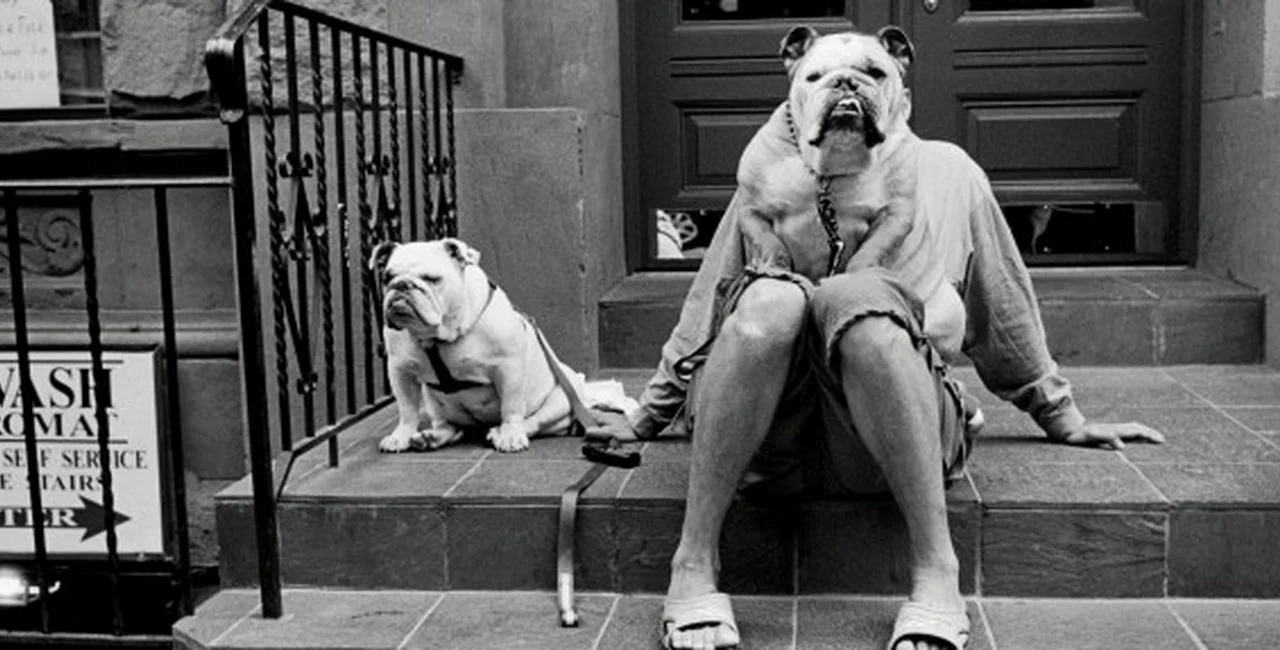For Prague photography fans, Leica Gallery’s exhibitions of both Czech and international photographers are a continuing rotation of visual entertainment. Until January 5 you have the opportunity to see one of the medium’s icons – Elliot Erwitt. And if you love black and white, slice of life photography, this should not be missed.
Erwitt, born in Paris in 1928 to Russian parents, spent his childhood in Milan before immigrating to the US in 1939. He studied photography at Los Angeles City College and film at the New School for Social Research in New York. He joined Magnum photography in 1953 but didn’t give up his interest in film. In the 1970s he produced a number of documentaries and in the 1980s some comedy films for HBO.
The exhibition, Personal Best for Leica by Elliot Erwitt was first presented at photokina in Cologne, Germany in 2012 and has been touring ever since. Fifty of the photographer’s oeuvre spanning nearly 60 years are on display. If you wish to view the photos in chronological order, turn left upon entering and begin with the photo New York City 1946. The photos aren’t named, simply listed with the location and the year. You’ll end with a surfboarding dog taken in Japan in 2003.
“You’ll see famous shots of his – everyone has seen some of these,” said Pavlína Pořízková, sales and foreign activity manager for Leica Gallery Prague. “There are lots of dogs, he really loved dogs and kids, but there are also ones not so well-known.”
One she pointed out is a shot of a woman with her head resting on a bed gazing at an infant lying there as a cat looks on. It’s actually a photo of Erwitt’s ex-wife and baby daughter. Next to this photo is Pořízková’s favorite, entitled “Wyoming 1954.”

Santa Monica, California, 1955
“It’s shot from the car I think, you can see what seems to be the window frame here,” she said. “I suppose the car was moving but the steam from the train is focused, excellent shooting.”
Many of the scenes he captures are instantaneous glimpses. A mannequin ‘looking’ out a window, a woman walking by on the street turns her head to look back – their eyes seem to meet. A small boy with a cheeky smile on his face looks back at the camera as he sits perched behind his father? grandfather? on a bike riding down a road in Provence, 1955. Berets are sat upon their heads, two baguettes strapped behind the little boy.
Erwitt didn’t only take human interest photos; some of his pictures of famous people are his most well-known – Marilyn Monroe, Che Guevara. There’s a nice shot of a confrontational looking Richard Nixon with Nikita Khrushchev sporting a placid look on his face in Moscow in 1959.

France, Paris 1989
He also has a knack for framing and juxtaposition – some inanimate object mirrored by an animal or person. A spigot is facing the same way as a stork in the Florida Keys. Japan 1977, a woman and her dog both stopping to scratch an itch. Rio de Janerio 1963, a big body of water with a mountain in the background. Looking closer there’s a swimmer swimming toward the mountains, He’s wearing flippers and his legs are kicking, mirroring the shape of the mountains in front of him.
If anything though, humor is the emotion you’ll see the most of. East Hampton, New York 1983, a painting class is going on. Artists stand at their easels, a model is in the middle. Twist – the artists are naked, model fully clothed. Bare bums and stocking feet is what you see. Closely connected is Erwitt’s eye to irony and human nature. Madrid 1995, an art gallery or museum. Two identical paintings hung side-by-side except the reclining woman is dressed in one, nude in the other. In front of the dressed version, a lone woman stands, in front of the nude a group of about a half-dozen men.
Erwitt gave an interview to Leica Gallery in conjunction with this exhibition, you can read it here. One interesting question the interviewer asked was what Erwitt wished for the future of photography.
“My wish for the future of photography is that it might continue to have some relevance to the human condition and might represent work that evokes knowledge and emotions. That photography has content rather than just form. And I hope that there will be enough produce to balance out the visual garbage that one sees in our current life.”
The reason why Leica Gallery Prague wanted this exhibition is the same reason you should visit it.
“We can’t say no to Elliot Erwitt, he’s very poetic, has humor,” Pořízková said. “And I can say people are coming to see it and I see the smiling faces of the visitors.”
**
Personal Best for Leica by Elliot Erwitt
Leica Gallery
Through January 5, 2015












 Reading time: 4 minutes
Reading time: 4 minutes 




















